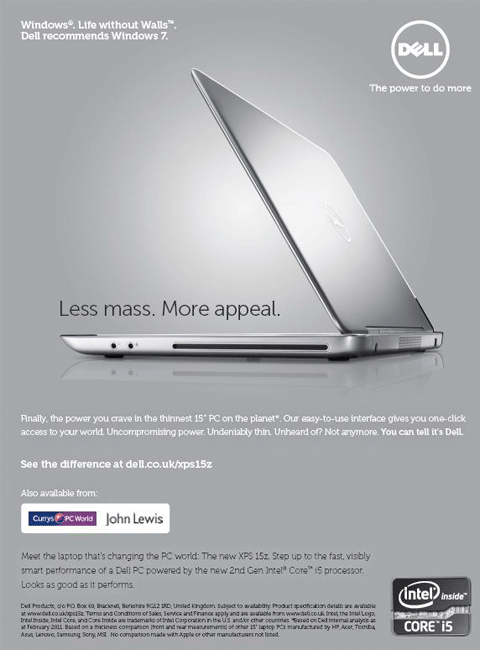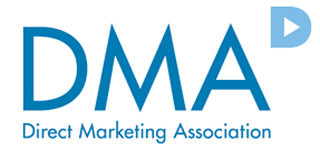
Free Doesn’t Usually Mean Free
There’s lots of strings attached to offers of free products and services.
What the ad giveth, the fine print is not supposed to taketh away.
Ah, the fine print – the teeny words at the bottom of an ad that contain the details of an offer. Even radio ads use a similar tactic where a fast-talking announcer rambles off some lingo at the beginning or end of a commercial. Many of us tune out and don’t even see or hear the fine print in ads.
The problem is that advertisers are onto us and some take advantage of our tendency to turn a blind eye and deaf ear to the pesky little details.
The Good News?
There are rules in place that are meant to protect us. First, fine print isn’t supposed to contradict other statements in an ad or clear up false impressions the ad might leave. In other words, what the headline giveth, the fine print is not supposed to taketh away.
Second, disclosures should be “clear and conspicuous.” That means the important stuff is not supposed to be hidden in teeny tiny print. How to know if a disclosure meets the “clear and conspicuous” standard? Well, there aren’t any hard and fast rules about the size of type in a print ad or the length of time a disclosure must appear on TV, but the FTC does use a 4-pronged test to determine if an ad’s fine print passes muster:
If the answer to any of these questions is “no,” then the fine print doesn’t comply with the law.
The Bad News?
There are plenty of advertisers who believe rules are meant to be broken (just see some examples below). The best way to protect yourself against unexpected disclaimers is to pull out that magnifying glass and read the fine print (as painful as that may be). Of course, you can’t do that when the ad plays on TV and the fine print is displayed for 3 seconds. In those situations, make sure you ask for the details and disclaimers before you whip out your credit card.
Here are some examples of fine print that would mostly fail to meet the FTC’s 4-prong test:
Lane Bryant:

The big, bold writing tells you that “absolutely everything” in the “entire store” is 40 percent off. But once you take a closer look at the fine print, you’ll find that, by “entire store,” they don’t really mean the “entire store,” and by “absolutely everything,” they don’t really mean “absolutely everything.” Beyond that, though, the ad is entirely and absolutely accurate.
Dell:

In 2011, Dell trumpeted its XPS-15 laptop as “the thinnest 15” PC on the planet” in British newspapers. However, the ads included fine print that revealed that the claim was based on comparisons with models manufactured by Acer, Asus, Hewlett Packard, Lenovo, MSI, Samsung, Sony, and Toshiba. The disclosure went on to mention that “no comparison [was] made with Apple or other manufacturers not listed.” Kind of begs the question, what planet are they talking about?
CashCall.com:
CashCall tells us that we can “borrow $1,000 or $5,000 in as fast as a day.” True, but the loan comes with a ginormous annual interest rate. The fine print that flashes up on the screen explains that the company will give you an instant loan of $2,600, but that the loan comes with a whopping 99.25 percent APR!
Crayola “Washable” Bubbles:
A revolution in the bubble industry! And safe for clothes, too! Only, it turns out that “some bubbles” in the ad were “recreated” (note the disclaimer at the 0:12 second mark of the ad). And the clothes-safe part? Well, sort of. The fine print you can barely read at the 0:22 second mark (don’t blink!) says that it may require a few washings.
Not surprisingly, a Washington mom filed a class-action lawsuit against Crayola alleging false advertising because the ads and labeling indicated that the bubbles were “washable.” Result? Crayola agreed to provide refunds and vouchers to those who purchased the product in 2011, in addition to paying for damages to property and clothing. Crayola has also reformulated the product for 2012 and guess what? They don’t say “washable” anymore.
There’s lots of strings attached to offers of free products and services.
The Direct Marketing Association (DMA) is a trade group made up of all those pesky companies we have to thank for telemarketing, spam, and junk mail, among others. The group…
The Entertainment Software Association (ESA) is an association based in D.C. that is exclusively dedicated to serving video game companies. The group lobbies Congress and other legislative bodies extensively in…

